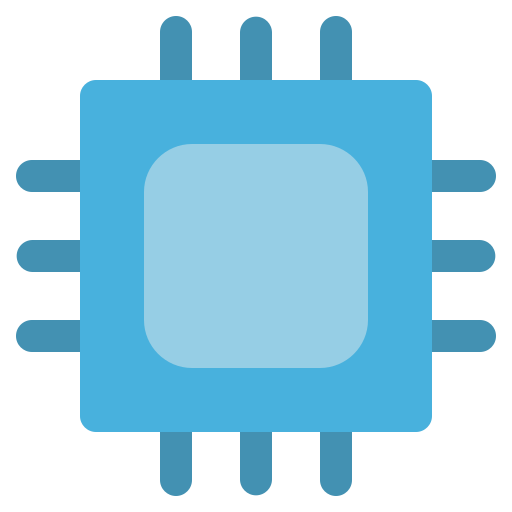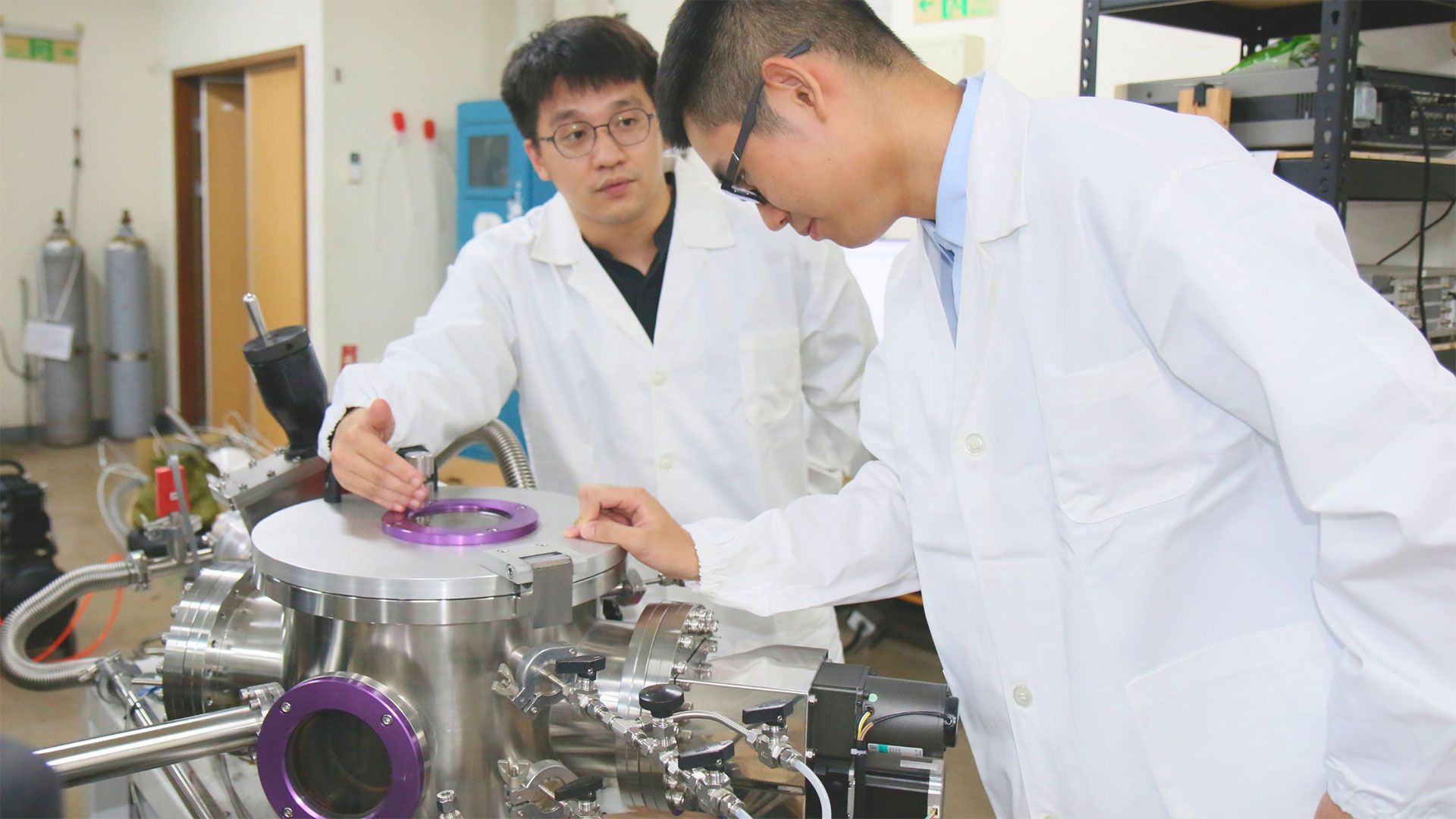MRAM has been around since the mid 80s.
The benefits highlighted in the article (I do wish they were more specific about power consumption compared to SRAM) seem to imply this is the future, I am assuming the biggest drawback is cost and lack of an industry ecosystem.
I head about it years back and hoped that by now we’d have MRAM computers that could be powered on and off like flipping a light switch. The magnetic memory being able to hold its state with no power, leads to that idea that the booted-up state could be returned to instantly from power-off.
I feel like we are never going to go beyond improvements (often notable ones) in DRAM and NAND. There is just too much industry and ecosystem momentum behind these technology approaches.
STT- or SOT-RAM are more promising in principle, but just like MRAM they have not taken off due to practical difficulties
Edit: I just realized that these are MRAM types, I confused MRAM with FeRAM



